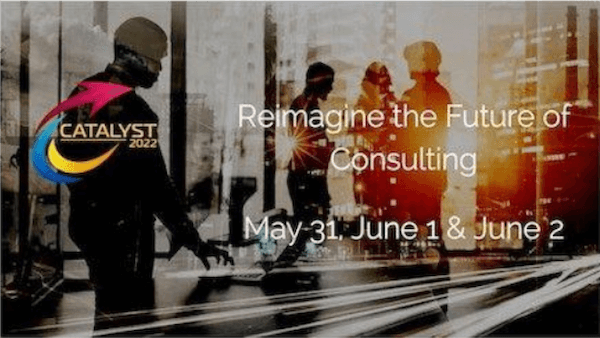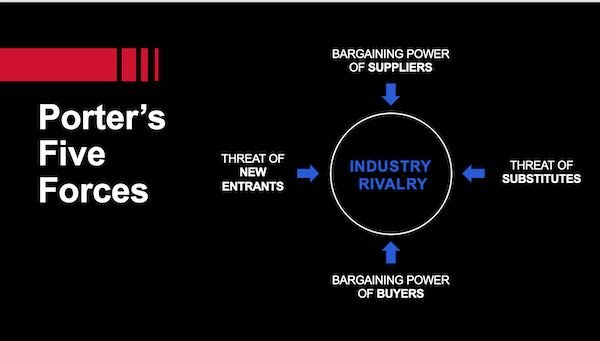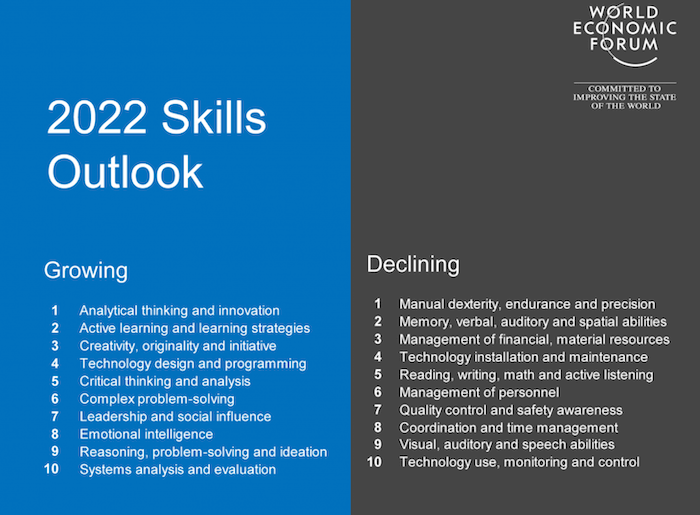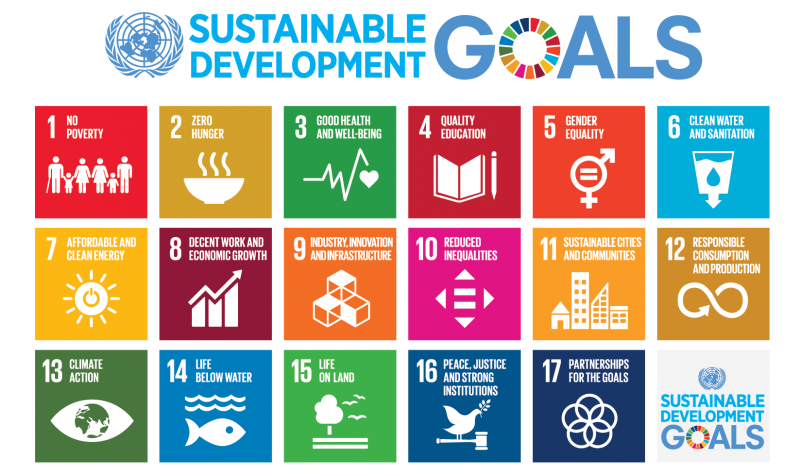
CATALYST 2022 Conference kicked off this week with a variety of sessions aimed at helping Management Consultants in design strategies to tackle challenges and create a sustainable future in a world that is evolving rapidly.
Overall, it was fantastic to see a thematic link between the sessions, including: the need for purpose in business leadership, the importance of values, and the benefit of understanding of your data.
Amber Mac - 4 Trends Shaping our Fast Future
Mac put forth several provocative questions and ideas that made us sit up and notice: Will AI kill us? Hopefully, not. In the meantime, tech is providing a vast amount of new opportunities. Some excellent ideas were shared, including:
1. Prepare for the digital future by having digital discipline
2. The future of work includes a list of growing vs. declining skills – Mac shared the World Economic 2022 Skills Outlook, which is helpful to consider for our own careers, clients, and communities.
3. Another key concept: What is our WHY? Purpose Prioritization – purpose must be at the centre of what we do, who we are.
4. Tools we can use – Mac provided great insights into how we can be prepared for the future, including tools can support our wellness and businesses. They included: Wibbitz (easy video creation), Otter.ai (productivity tool), Tone Detector by Grammarly, and more.
Session 2: Jim Love – Highlights – Digital Transformation in the First Person
Some of Love’s words will likely stay with us long after the conference ends, including: “Our failures are not because of limitations of technology, but because of limits of our imagination.”
He provided great examples of companies that didn’t see major change coming, even though they had the data: Kodak, Blockbuster, Coke, and Blackberry. The latter solely focused on their technology rather than encouraging growth of their applications. Blackberry was eventually overtaken by iPhone, which had a greater focus on applications.
Love’s own experience of how IT World Canada (ITWC) collapsed and then was transformed digitally was fascinating. The message was clear: decline in print readership was extreme, and media companies were just starting to take a more digitally focused approach.
He shared some key elements that drove ITWC’s transformation and success:
1. Understanding your competition is key. And in our new digital world, everyone is potentially your competition!
2. The digital customer is very different – they are powerful, but ‘invisible’
3. ITWC saw the need to ‘stop the presses’ – and take the risk to go fully digital.
4. What if we could…? They had to imagine the possibility of a fully digital future
5. Transformation driver: Data, and the knowledge it represents, is crucial.
6. ITWC had to change the organizational culture to fully transform – they needed internal support for radical change.
7. They had to identify a clear purpose, which was to serve the reader.
8. Lastly, the importance of continuous testing and learning based on your data should not be underestimated.
Love also cited the helpful Porter model for managing / assessing competitor, industry, and environmental threats to your business.

Session 3: Tiziana Benvenuto – How do you contribute to a sustainable society today?
Benvenuto explored how values, culture, and sustainability can give you a new perspective as both a consultant and as a business leader. She shared an example of the Napranum Indigenous Community – they needed to start with deep community trust (values) and focused on ‘desired state’.
The United Nations Foundation has 17 Sustainable Development Goals (SDGs) – and Benvenuto discussed how we can all play a role in helping the world achieve them.
Values are key: they impact the choices we make. We are all connected and the foundation for organizational stability is personal sustainability. The foundation for societal sustainability is organizational sustainability.
She shared the Barrett Model for Values Assessment, which can be used for individuals, groups, and nations – it has 7 levels: each level has values associated with it.
Benvenuto outlined the process required to move from ‘Being’ to ‘Saying’, and to then prove it by ‘Doing’. Based on the evolution of the Values Model, Benvenuto demonstrated a linkage between the 17 Sustainable Development Goals used by the UN, and a Values-Based measure for the SDGs.
We were then asked a question: what might prevent you from acting on your values? That led to some great discussion – ultimately, you have to be the change you want to see in the world.
Session 4: Dr. Chris Holt – Entrepreneurship in the Service of Consulting
Holt provided a helpful history of entrepreneurship, management and management consulting. Initially, management and entrepreneurship were the same, but they have changed over time.
Business education has also evolved considerably: originally it focused on large corporations, not smaller (entrepreneurial) organizations.
And initially, entrepreneurs were tied to the individual; then between 1950 and 2000, when innovation took off, entrepreneurship was seen as a ‘management attitude’. That shift resulted in the recognition that organizations can have an ‘entrepreneurial orientation’.
From 2000 onwards, entrepreneurship has been seen as a ‘management activity’: management is entrepreneurship.
Corporate Entrepreneurship is now being practiced in many large organizations: the 4 models of Corporate Entrepreneurship are examples of how this is taking place.
The Problem Lab at University of Waterloo was developed to help corporations develop new ventures. What does all of this mean for future of management consulting? There is a needed to instill entrepreneurial attitudes and adopt entrepreneurial activities in corporations - and reunify entrepreneurship and management.
We look forward to sharing more insights from day 2 of CATALYST 2022!
--
CATALYST 2022 Day 2 Highlights
CATALYST 2022 Day 3 Highlights
Dorothy Milburn-Smith FCMC contributed to this article





